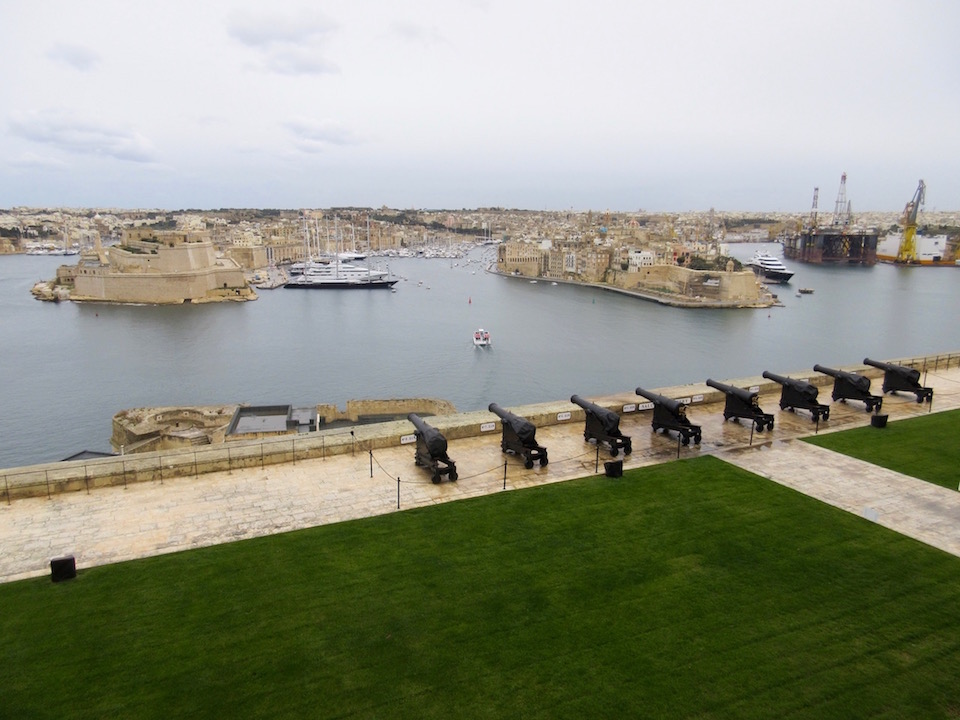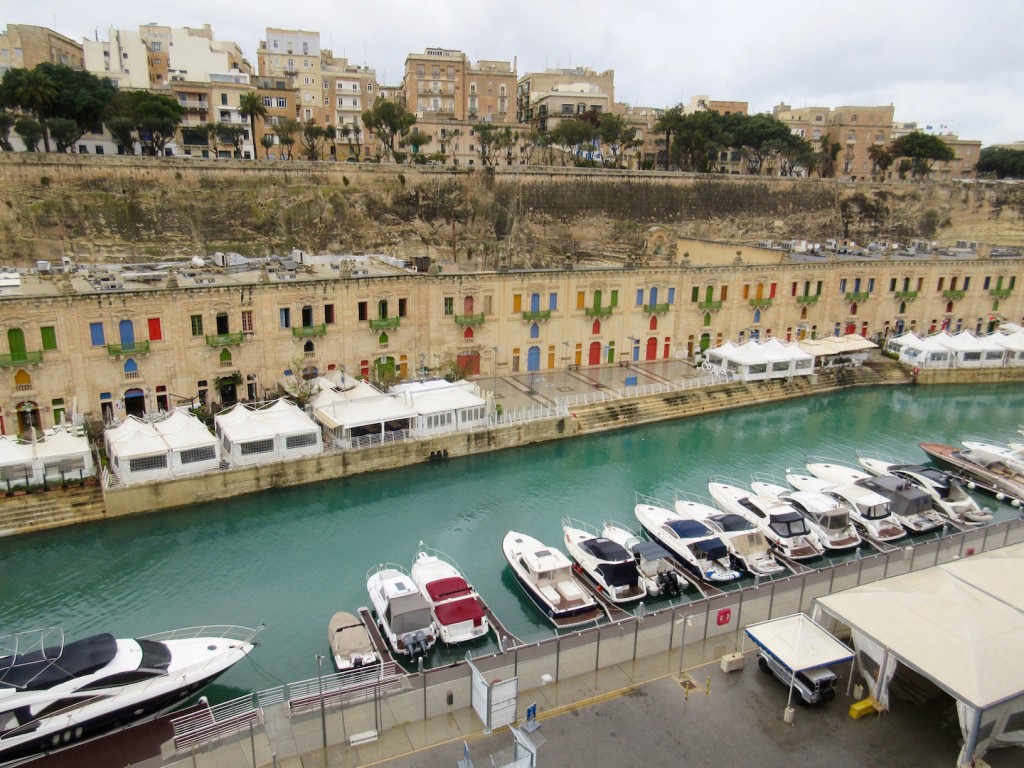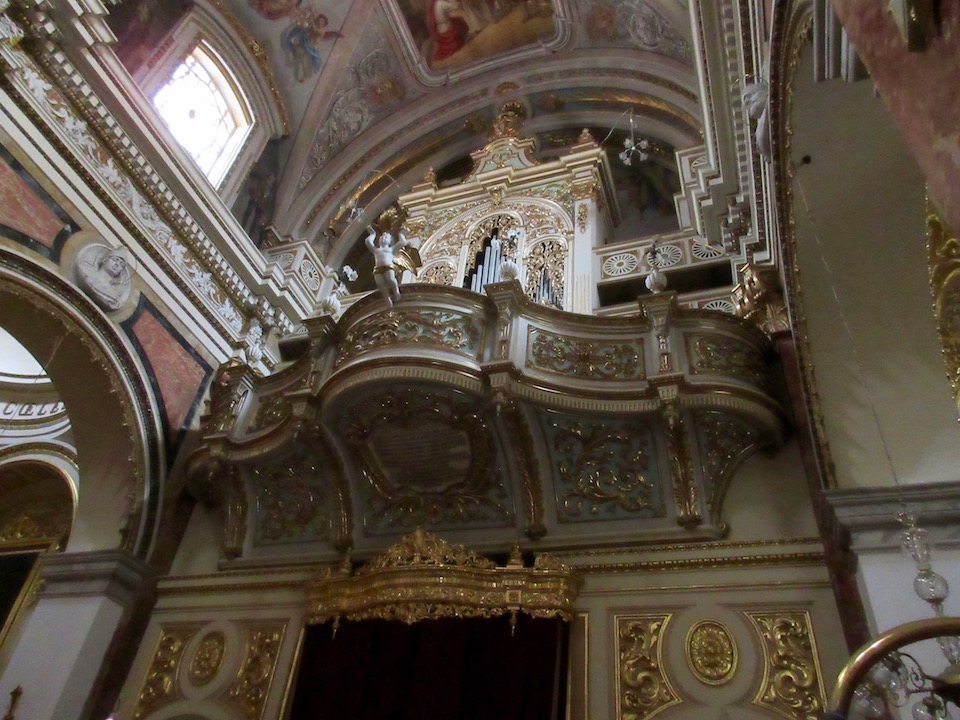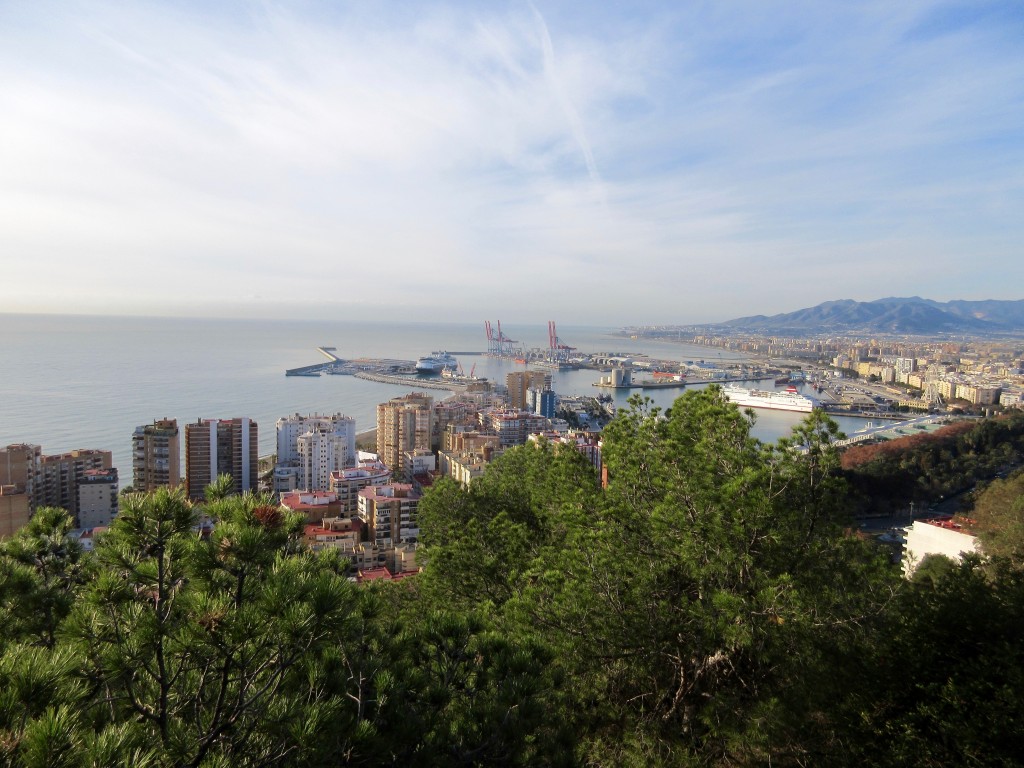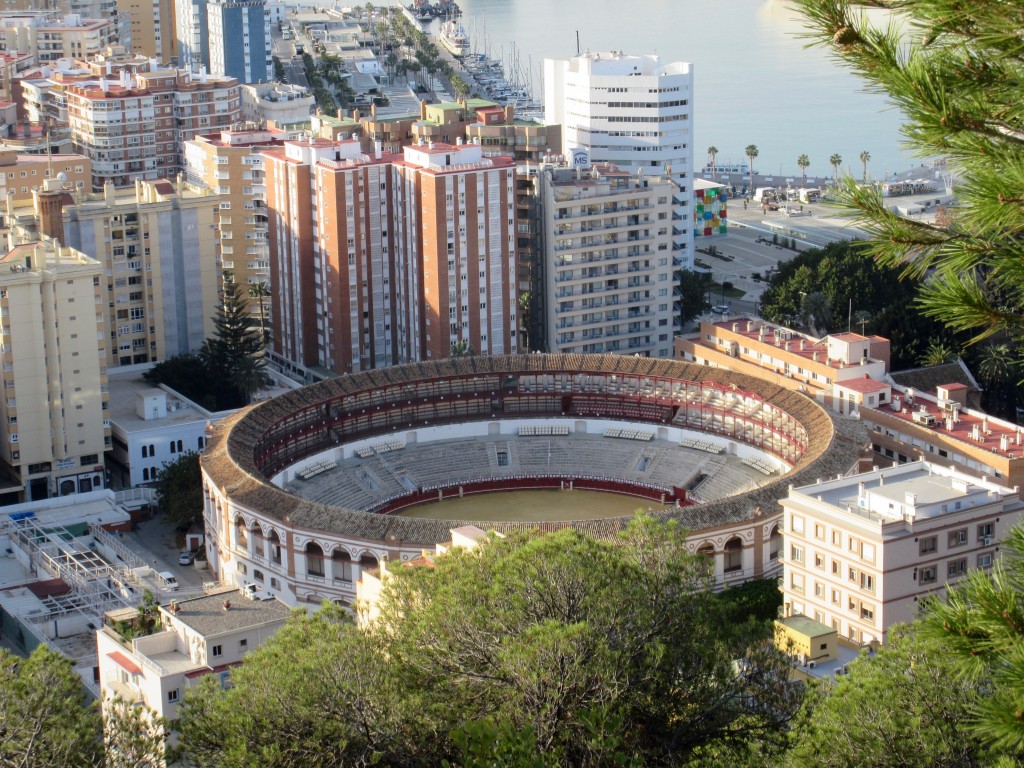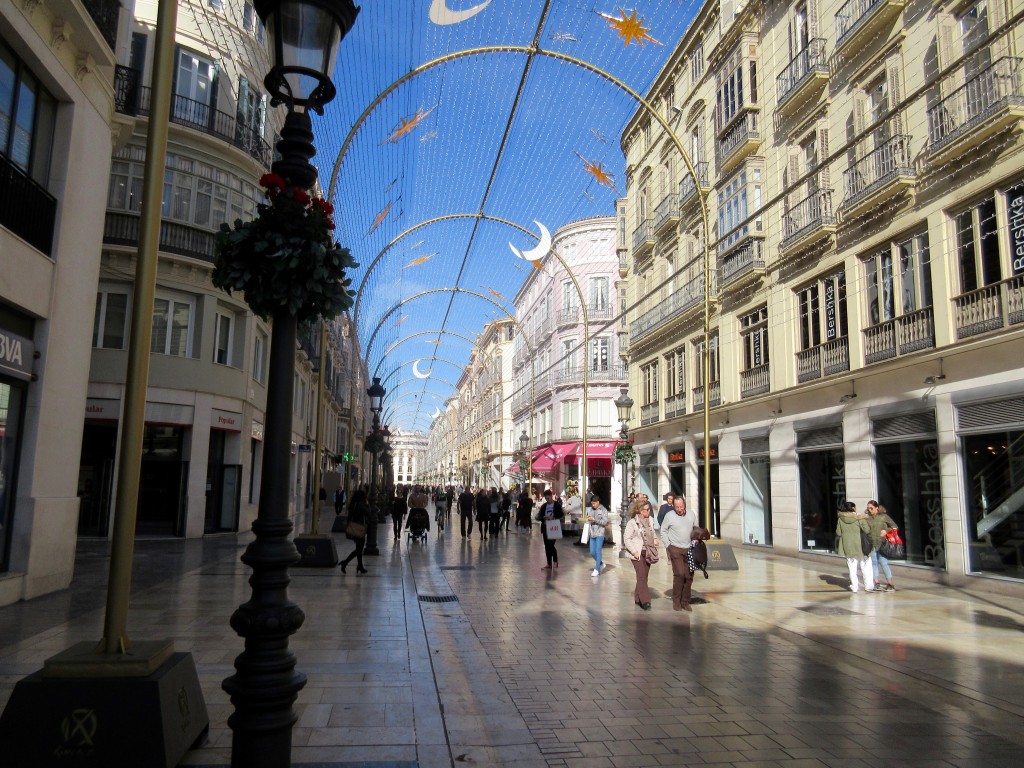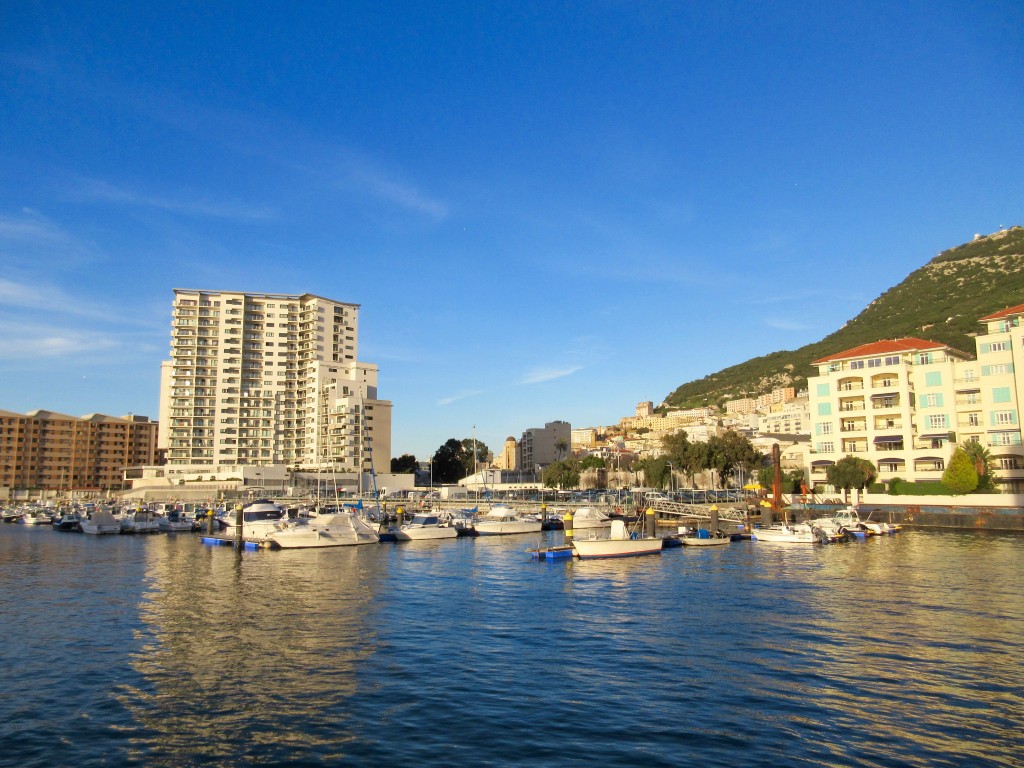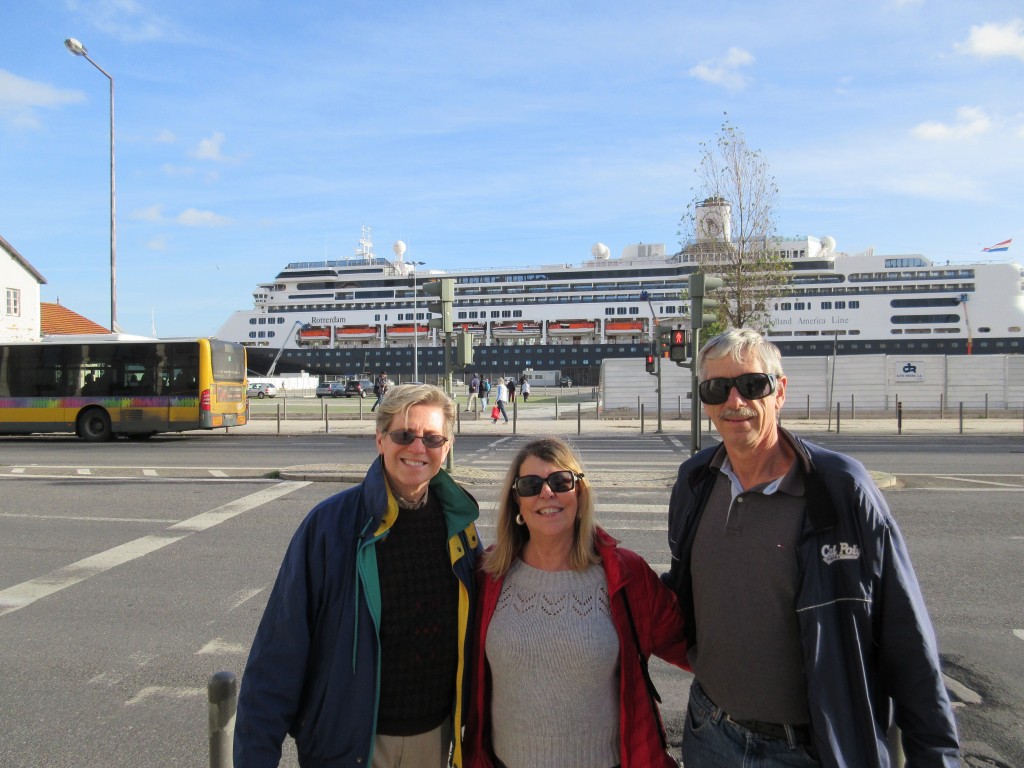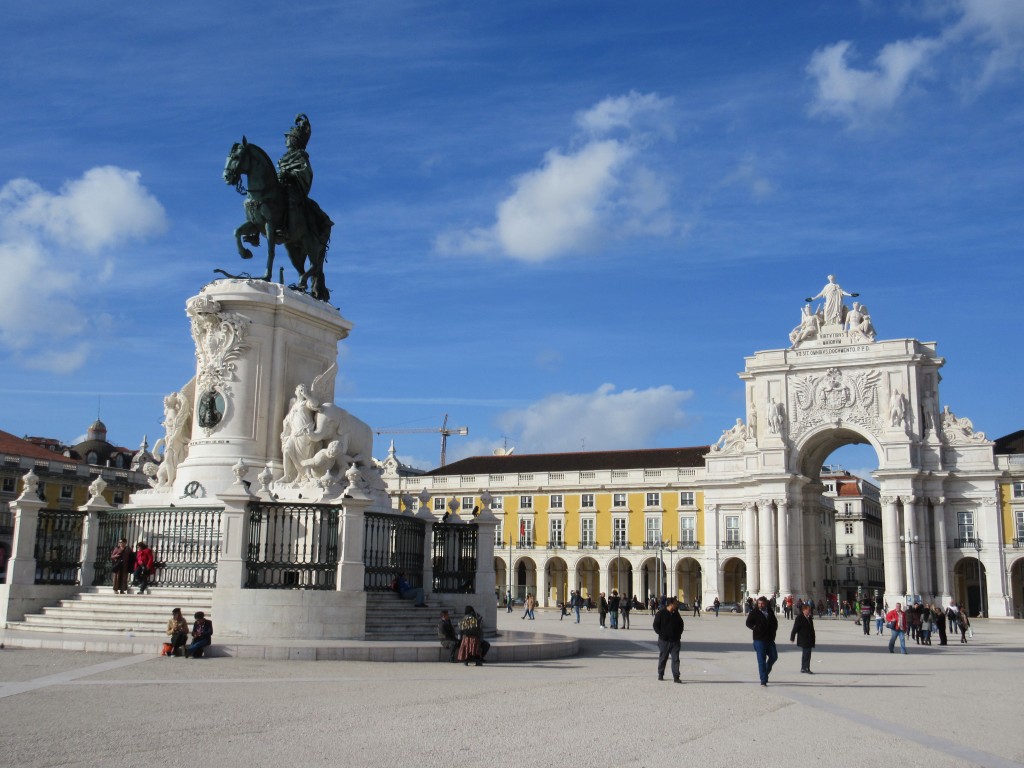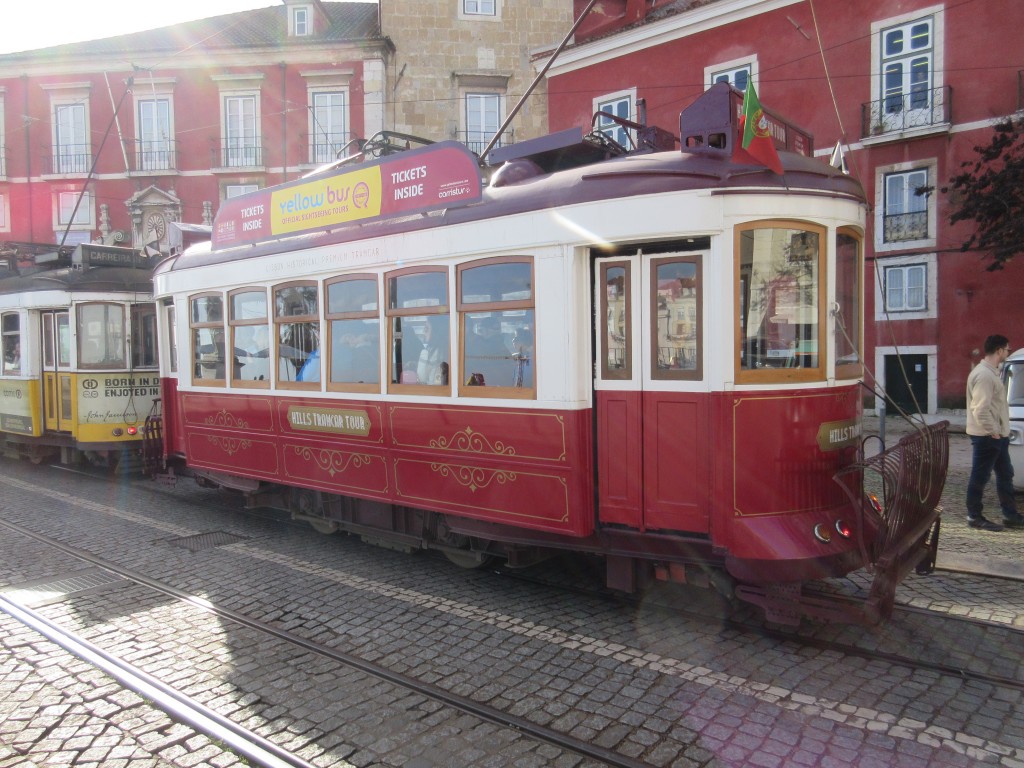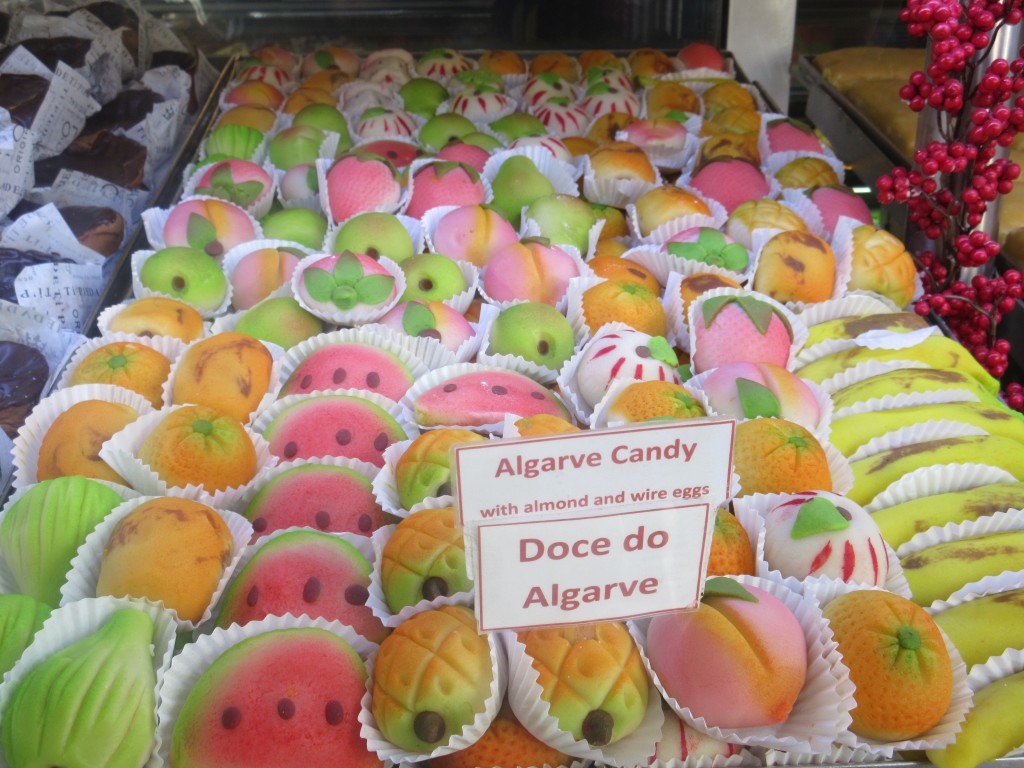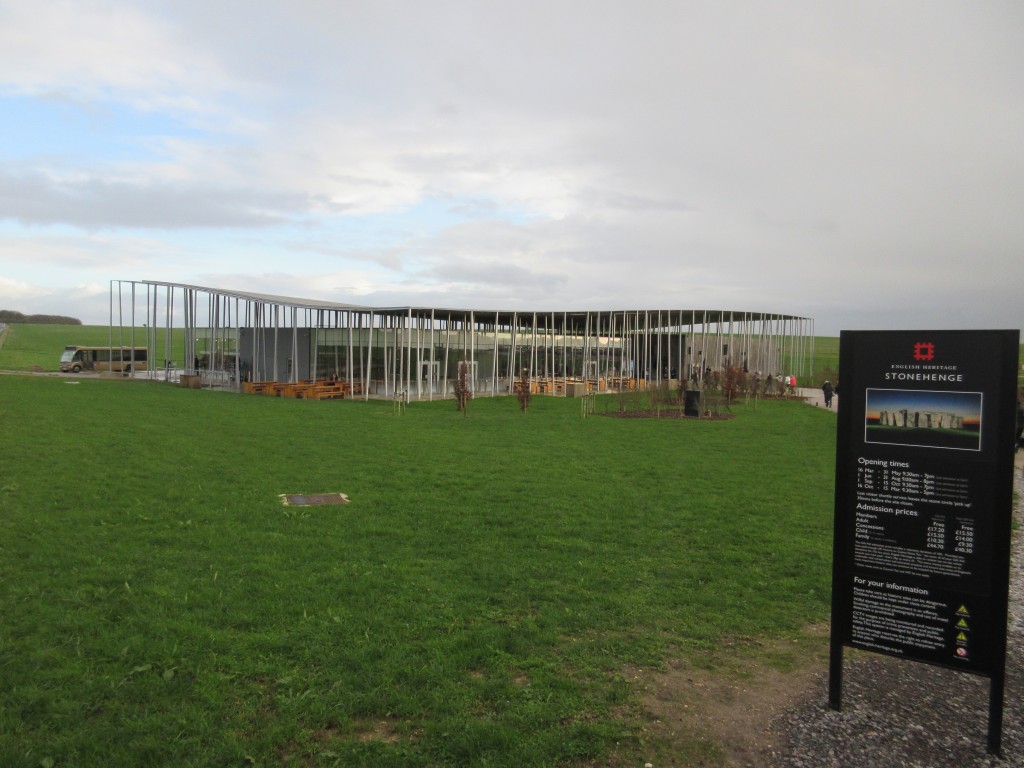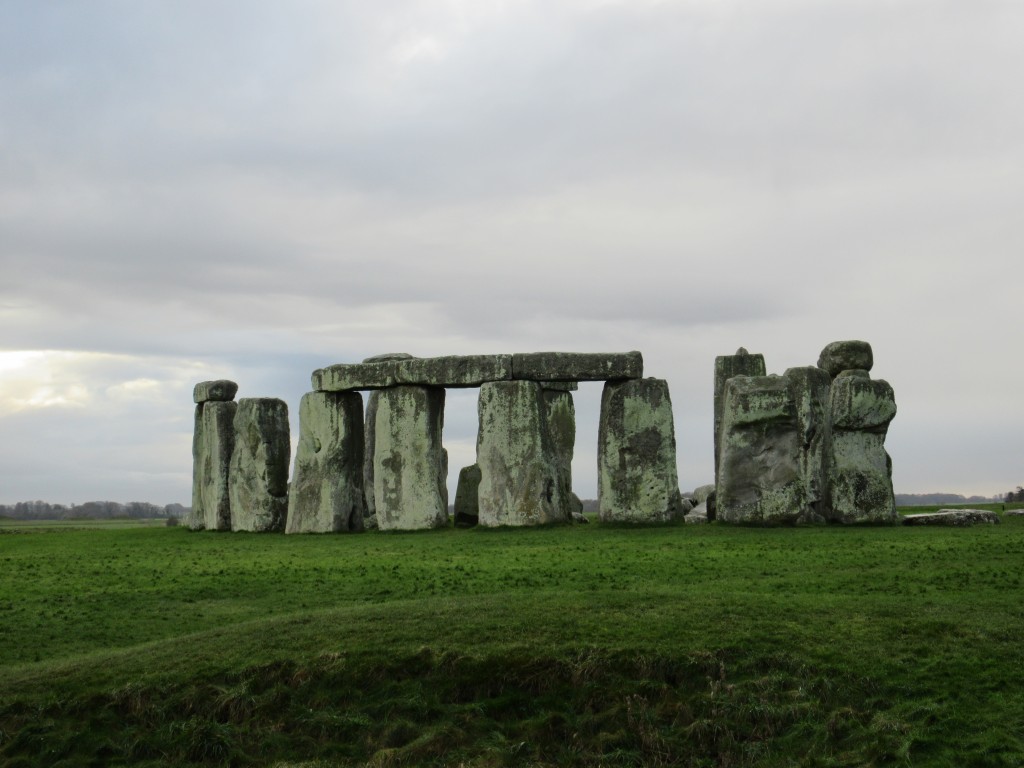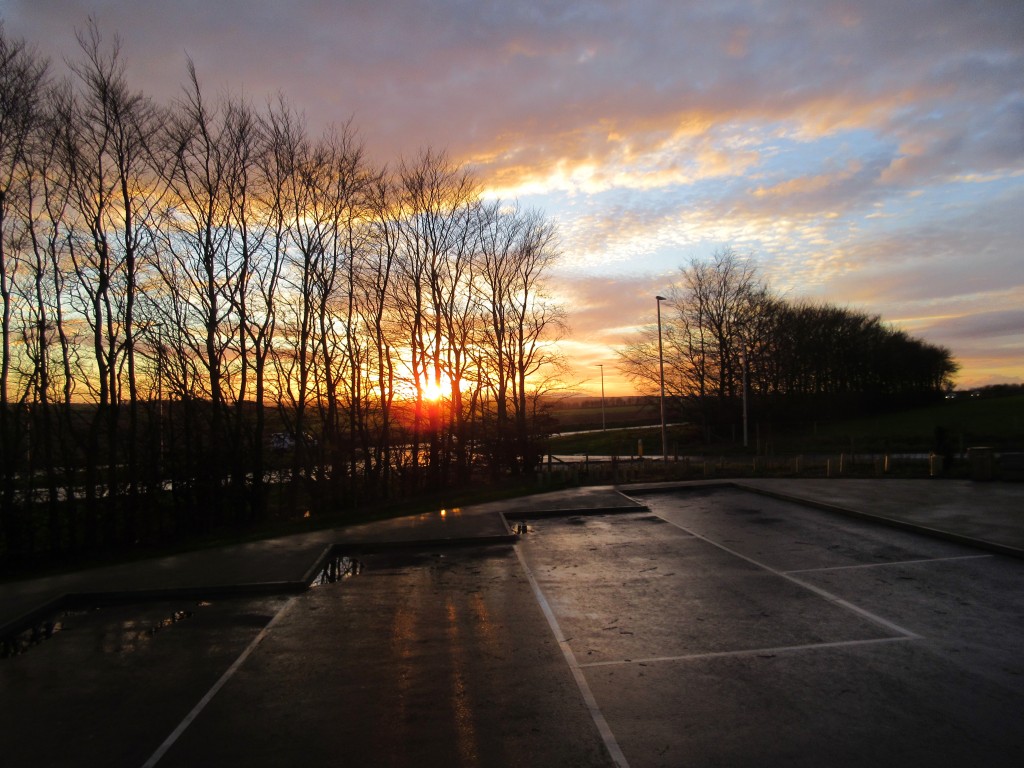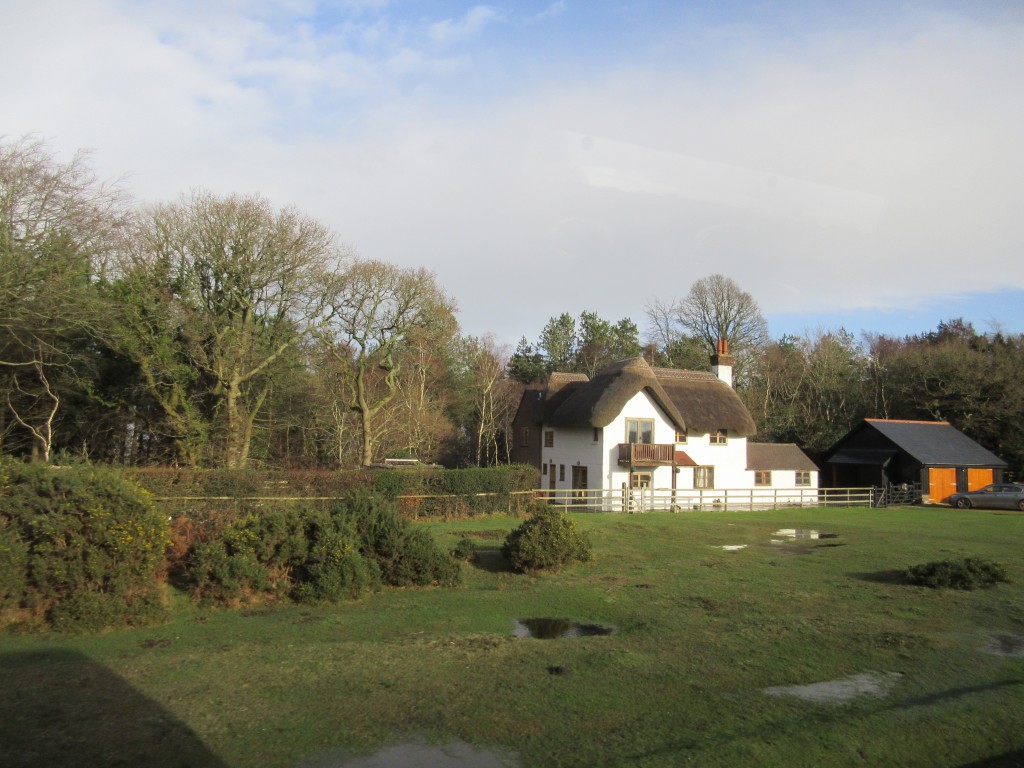Our cabin staff does a great job of keeping our cabin in shape. We have beautiful white bed linens with a large white comforter, white bath towels and bathrobes. They make up the room in the morning while we are at breakfast and tidy up again in the evening while we are at dinner. At night we get a towel animal of some variety left on the bed along with two chocolates and a room service menu for breakfast. The ship is in excellent condition and is well appointed. Our clothes are either shrinking in the ship’s laundry or they are already becoming tight from all the good food. We hope to get more deck walking exercise when the weather improves. Sweating out the fat in the sauna isn’t working for Kent.
On this day we attended a port talk by KK on the next two ports of call; Piraeus and Iraklion, Greece. Lunch was enjoyed in the dining room before an afternoon lecture on Russia and the 1991 Coup.
The evening’s dinner was a Gala Dinner, meaning that it was a more formal occasion when the women dress in nice gowns and some of the men wear tuxedos. We elected not to bring our tuxedos this trip so we wear suits and ties instead. The menu on these nights is a bit more luxurious with shrimp cocktail, prime rib, lobster and escargot or something similar. On most evenings you have a selection of a hot or cold soup, a couple of appetizers and a salad to start. For the entrée you can select from pasta, a beef, a fish or a vegetarian dish. They are all accompanied with a vegetable of some type and maybe a potato. Desserts always include several choices like a cake, ice cream, a sundae, fresh fruit, crème brulee or a fruit crisp.
The entertainment after dinner was a variety show with the comedian juggler and the guitar player that had performed earlier in the week.

